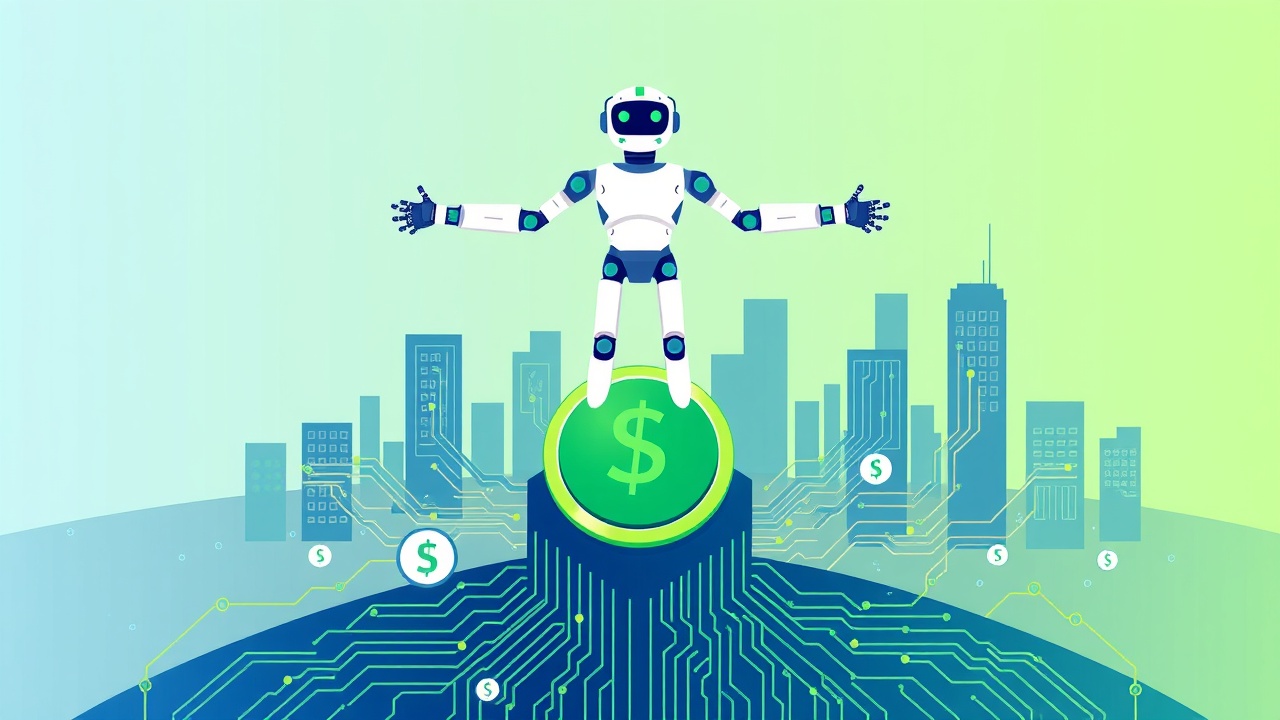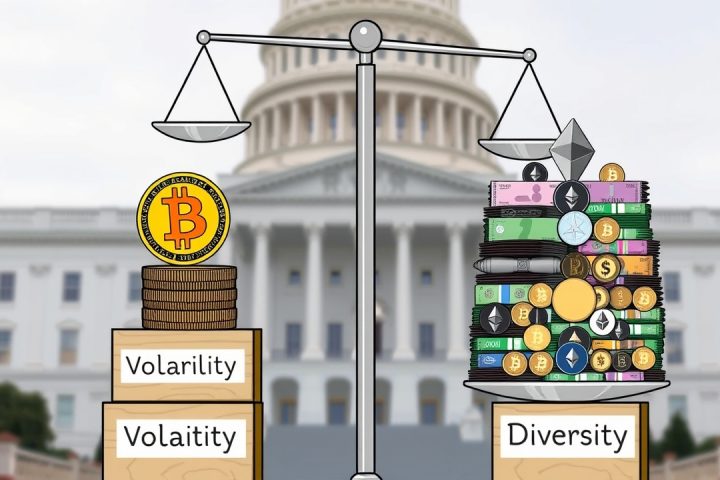The Future of Stablecoin Usage
The future of stablecoin usage could hinge not on human participation but instead on the capabilities of artificial intelligence (AI). Bhau Kotecha, co-founder of Paxos Labs, suggests that AI agents might transform the stablecoin landscape, optimizing liquidity by smartly directing funds to the most efficient issuers.
Market Dynamics and Fragmentation
With the United States clarifying regulations surrounding stablecoins, the market has skyrocketed to over $300 billion, establishing itself as a pivotal element in the cryptocurrency narrative. Yet, the market remains fragmented, with various issuers creating potential complications for users and liquidity flow.
Kotecha described this fragmentation as a potential obstacle, indicating that disparate stablecoin models—ranging from established dollar-pegged currencies like Tether and Circle to emerging options such as synthetic assets and PayPal’s PYUSD—could lead to user misunderstandings and liquidity barriers. However, he remains optimistic that AI technology can be the solution the industry needs, facilitating instantaneous shifts to whichever stablecoin is economically favorable.
This adaptability of AI agents could effectively turn fragmentation into a competitive advantage by ensuring that liquidity is always directed toward the most cost-effective sources, thereby reducing transaction fees and encouraging issuer competition based on fundamental value rather than mere marketing.
AI’s Role in Driving Adoption
The significance of AI agents in driving stablecoin adoption has been echoed by industry leaders. In a recent interview with Bloomberg during Goldman Sachs’ Asia Leaders Conference, Galaxy Digital CEO Mike Novogratz predicted that upcoming advancements in AI will propel it to become a major user of stablecoins, significantly increasing transaction volumes.
Novogratz envisioned a future where an AI could manage customer purchases seamlessly, such as a grocery agent that understands personal eating habits and effortlessly shops within budgetary limits. He foresees a shift away from traditional payment methods like bank transfers, suggesting that this evolution will lead to a notable rise in stablecoin transactions.
Innovations in Stablecoin Technology
One company actively advancing this concept is Cloudflare. On September 25, they introduced plans for NET dollar, a new stablecoin designed to facilitate instant transactions using AI. Cloudflare’s ambition for NET dollar includes the integration of personal AI agents that can make swift, informed purchasing decisions, such as securing flight deals or buying items at the best price immediately after they drop.
The dialogue around AI agents’ role in the cryptocurrency sector is gaining traction. Coinbase’s development team recently highlighted how the underutilized web standard HTTP 402 could empower these agents to become major players in the Ethereum network. Furthermore, Adrian Brink, co-founder of Anoma, asserted that the emergence of AI-driven systems is unavoidable, although he stressed the necessity for foundational blockchain infrastructure that prioritizes user control over their data and assets.
Conclusion
As these innovations unfold, the intersection of AI and stablecoin technology presents a fascinating and rapidly evolving landscape that could redefine how we interact with digital currencies.




